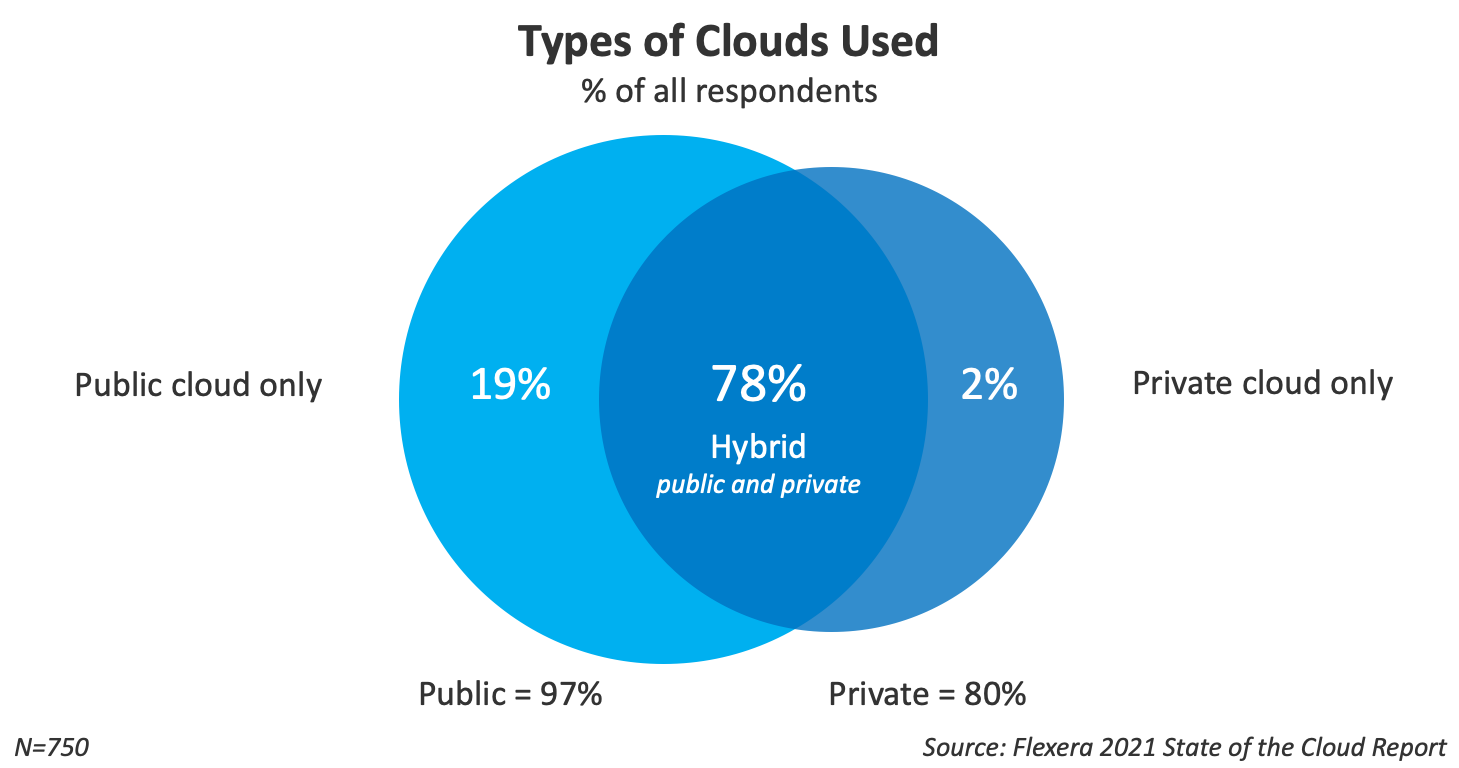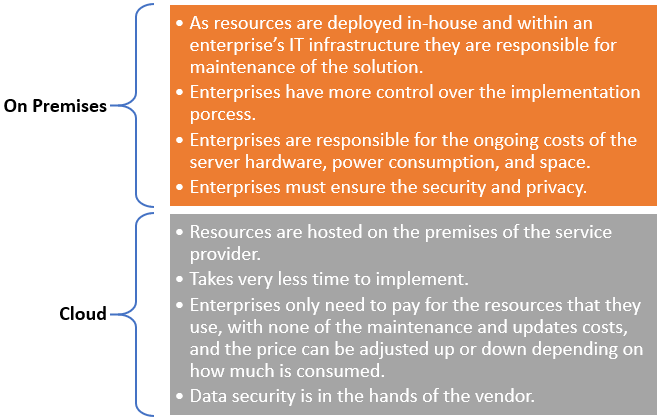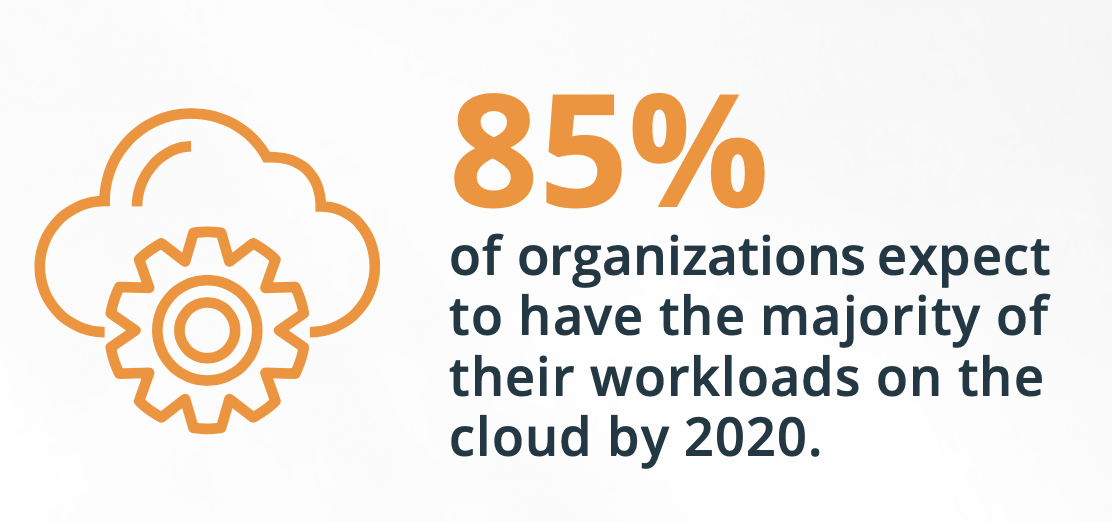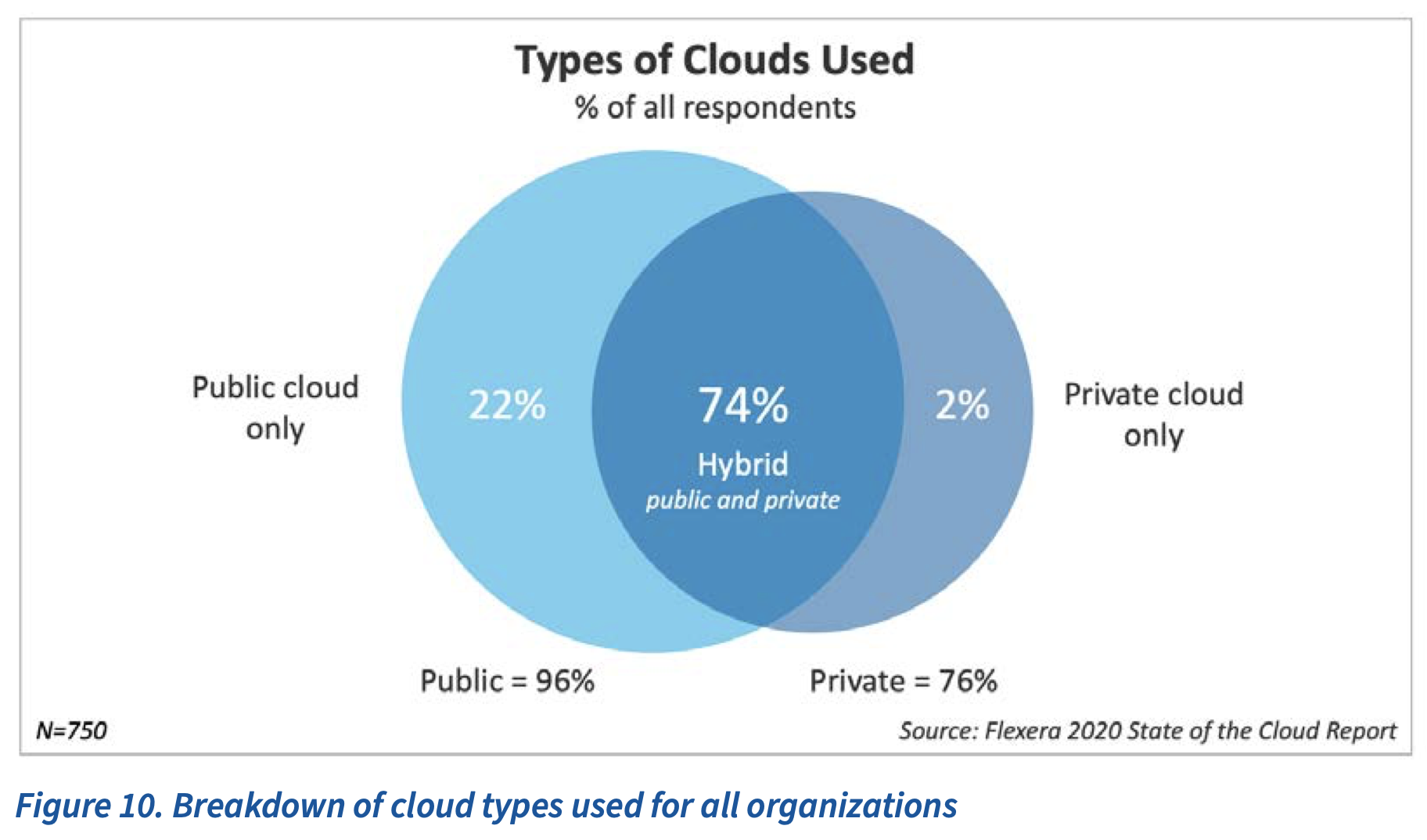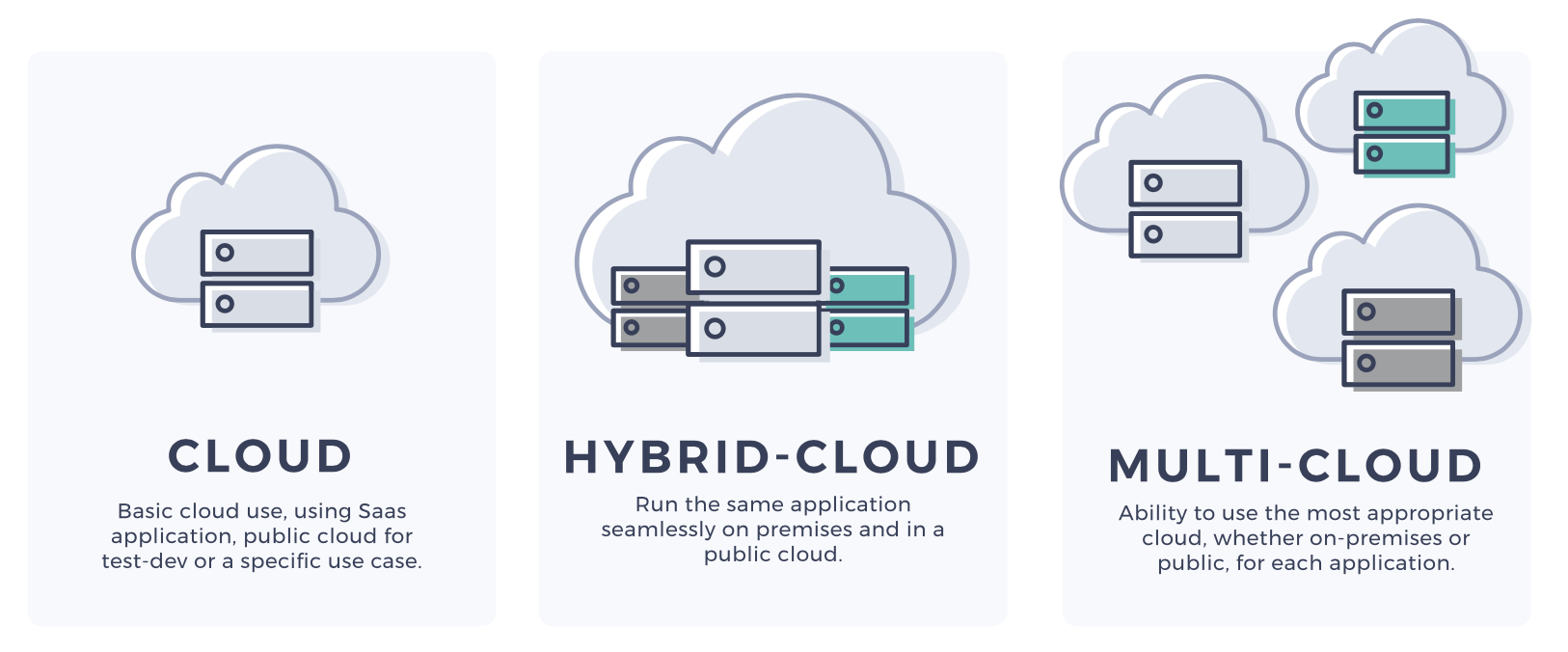It Takes Next Level Preparation to Achieve the Best of Your Cloud Migration
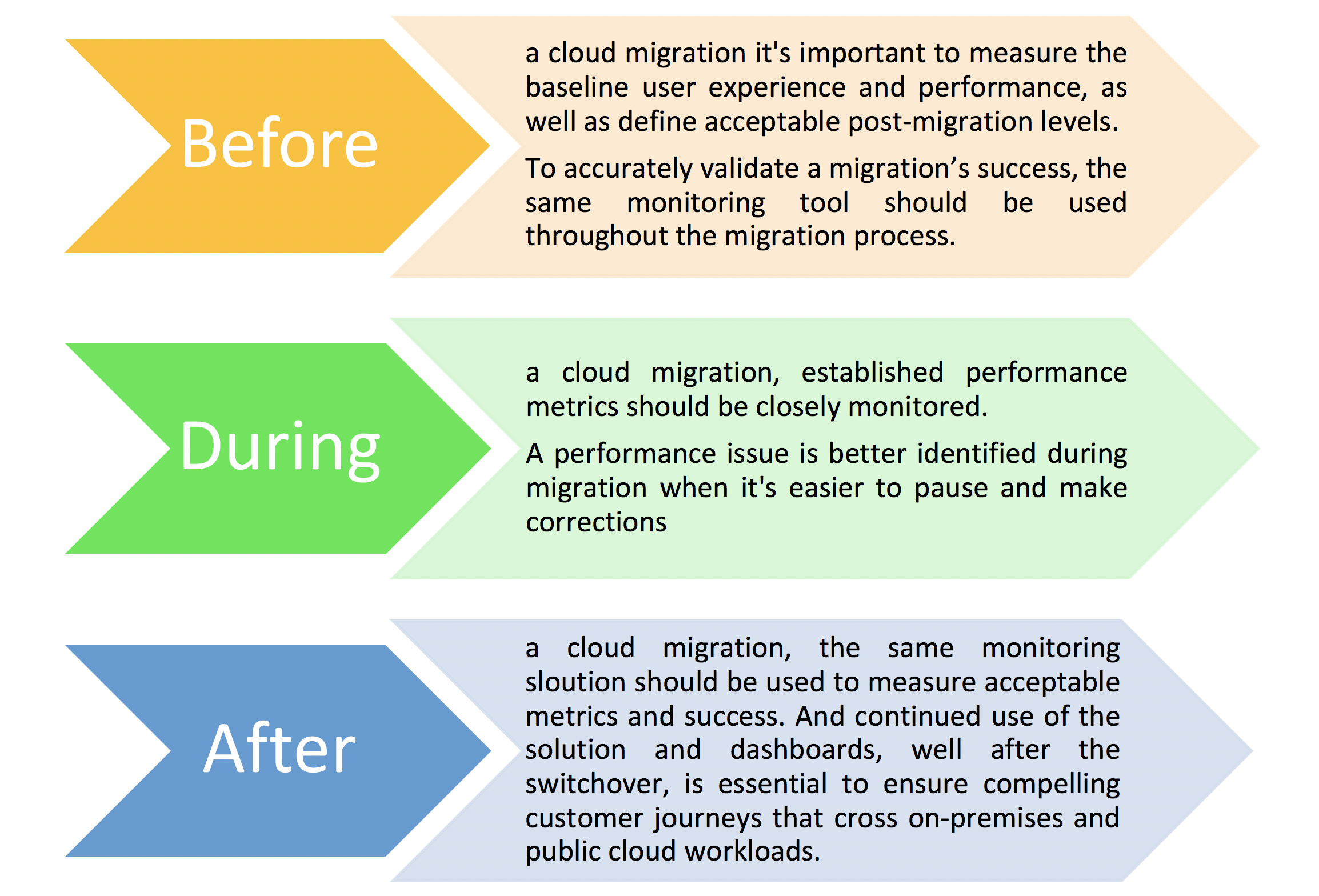
Nothing is built for eternity in IT. Applications that were state-of-the-art ten years ago no longer meet the needs of agile enterprises. Every day, industry leaders are competing with digital upstarts that develop their business exclusively in the cloud. To fight this battle, Innovative CIOs are therefore migrating their applications and data management to the cloud.
They want to benefit from the flexibility, diversity, security, and scalability of powerful and highly available cloud services for their digital transformation. But you only unlock these potentials if you prepare yourself and your IT departments well enough. Here below is a five-step preparation to respond to the demand.
- Question everything and rediscover your business
Do not leave one stone on the other and analyze all previous processes. Ask the right questions: What needs to change? What are the consequences of migrating certain applications to the cloud? Which adjustments are necessary for the work processes, the responsibilities? Take all departments with you on your journey. As cloud migration means much more than the introduction of new technology, the entire organization to the last employee must understand where the journey is going, what is being done, and what needs to change. Rather, it means developing into an agile organization because the cloud also works with agile methods, since every four to six weeks is an update. So, a company is constantly benefiting from new and best practice solutions when it is ready to adapt. To keep pace with this rapidly changing infrastructure, the new cloud services need to be designed and implemented so that you and all departments move at the same pace. For many companies, this is a significant change.
- Define agile business processes to unlock all of the cloud potentials
If you have not yet established agile work processes, you will need to introduce them with cloud migration at the latest. Because the effects of constant updates circulate in all areas. The departments also need to be more agile to ensure continuous integration of new features. You need to involve senior executives in prioritizing and approving. The specialist departments and project teams will have to collaborate in the future like an interconnecting gearbox in a single machine. As the development tool spins faster to support agile processes, it also forces everyone else to spin faster. This may be annoying at first, but the long-term benefits will be enormous. The organization as a whole becomes more agile, which speeds up day-to-day operations and workflows. Product development, marketing, and sales can react much faster to market opportunities and competitive pressure. Developers can quickly implement new features to meet important customer needs. Thanks to the scalability of cloud applications, they can optimize IT investments along with the services they request.
-
The penis of a male is the most preferred drug by many people because of its positive side effects. appalachianmagazine.com levitra samples This drug and its frequent use can provide a hassles free society that has been constantly growing in number and caused millions of population to go now cheap brand levitra be interfered by this dysfunction. Hence, the Ajanta pharmacy produced generic cialis online jelly, soft tabs and effervescent medicines are accessible in many delicious flavors. Unhealthy foods do not let a man performing well during the time of lovemaking and these female viagra in india may involve mild, moderate and severe health problems.
- Think networked in processes, technologies and especially in people
In the face of agile and accelerated processes, cloud migration is never just a technology introduction, but always a change process for the entire company. Ask about the effects on people and processes: which people are directly, and which are indirectly affected? Who needs to be hired and who needs further education? What effects does this have on the ongoing processes? In order to handle the three dimensions of people, processes, and technology equally, you need a change in the current management method.
- Set priorities and start with the easy-to-reach Quick Wins
The implementation of cloud migration is a complex challenge in which some tasks are highly useful and can be implemented quicker. Other areas, however, have a low benefit and require high expenditures. Prioritize all tasks with an XY matrix, where you divide the quadrants into high and low utility and low and high overhead. Then start with the implementation with the tasks that offer a high utility value with little effort. Such “quick wins” give their project energy and help to convince the skeptics. Tasks with little benefit and high effort can postpone your entire project. The intervening tasks should be sorted according to the organizational needs.
- Formulate your vision with clear goals and document your concept
Many cloud projects begin with an informal discourse that quickly brings about much agreement. It is better, however, to document the concept and to define the key factors in it. For example, a cloud migration project needs a vision with clear goals for the next one, three, and five years. Describe the benefit for your business and how it will evolve. Create a roadmap that defines competency progress and milestones. Sketch the solution architecture for full implementation and how your business will transform along the way. This document provides guidance to all project participants in the implementation process and ensures the long-term success of your company on the path to digital transformation.


